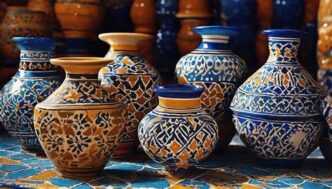By Genevieve Azelama
Its history dates back to the indigenous Berber people and draws unique influence from Morocco’s geographical position at the crossroads of Africa, Europe, and the Middle East.
Every piece of Moroccan pottery and ceramics tells a story of talented craftsmanship passed down from generation to generation. From fathers to sons, mothers to daughters, the knowledge of pottery making is carefully passed down, preserving its unique heritage with each piece.
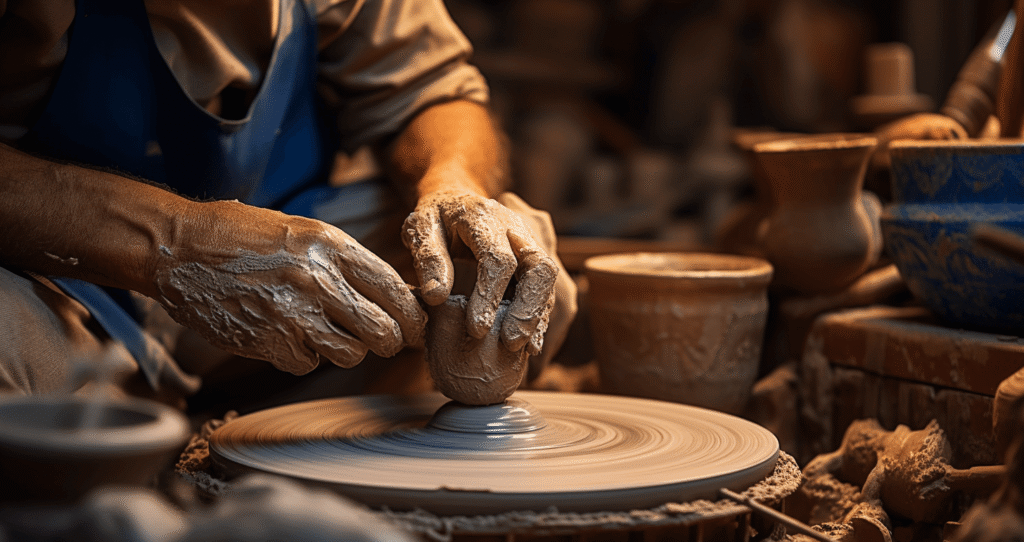
The beauty of Moroccan pottery is largely unique to the region it is crafted. The pieces are influenced by that region’s culture and history, like the ceramics from the Fes region are renowned for their unique white and cobalt blue glazes called Fassi Blues, which are breathtakingly unique from any other blue color of ceramics.
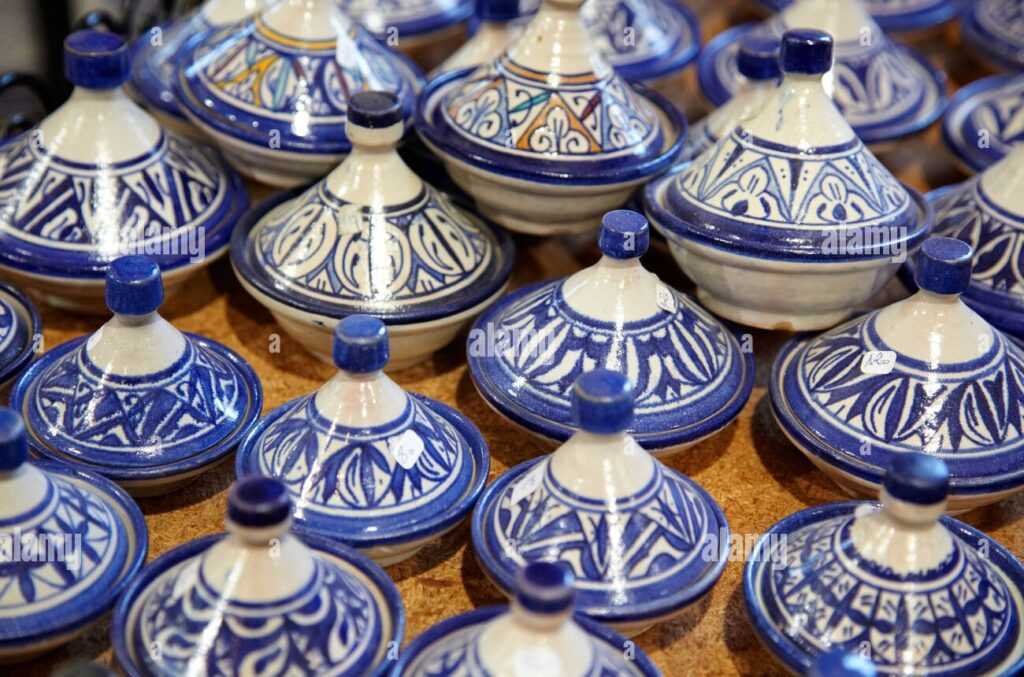
The pottery from the Saffi region on the other hand incorporates a wide use of color and intricate geometrical and floral patterns, the beautiful blues and greens used are said to be a reflection of the Mediterranean sea, and a reflection of Saffi’s costal heritage but a stand out pattern of Saffi pottery is the star of David which is s common feature in many of the pieces.
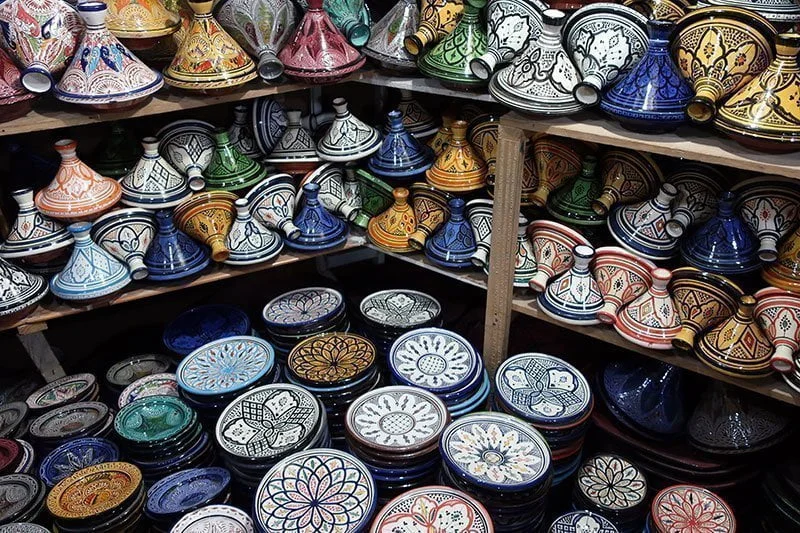
Marrakech displays the beauty of its landscape in its pottery by utilizing earthy tones and a more subdued color scheme, and is distinctly beautified by unique textures and finishes because of the local Marrakech clay used.
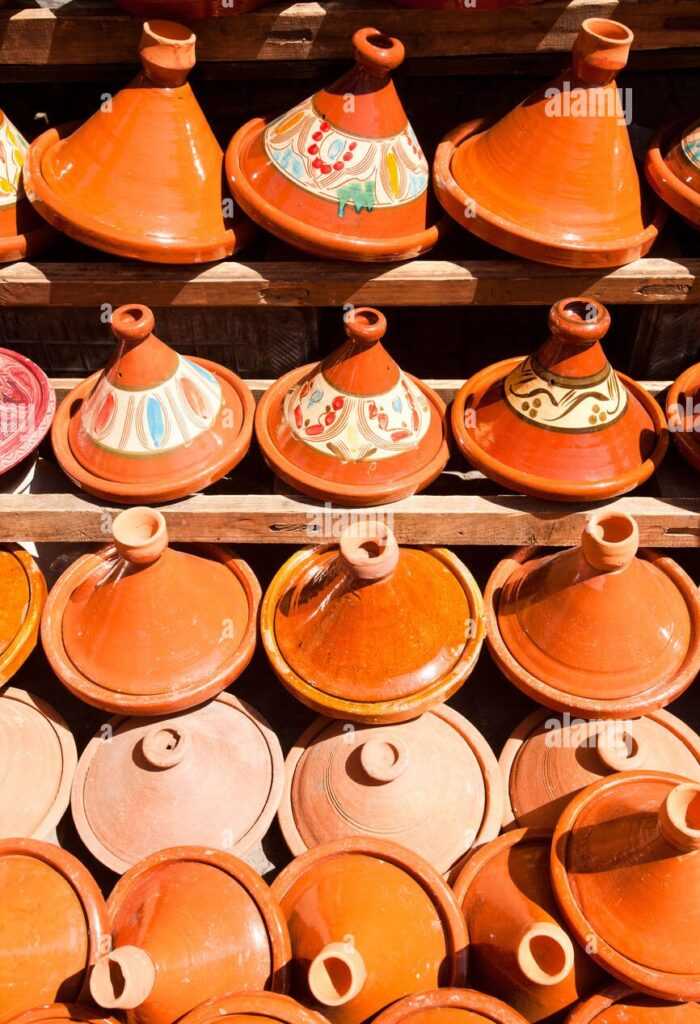
Moroccan poetry is a celebration of the nation’s cultural beauty and diversity, blending Berber, Arab, and Andalusian influences, which currently heavily influence the creation of ceramics in our modern day. This is not just because of its intricate and unique aesthetics, but the clay sourced from different local regions plays a vital role in the creation of these staple pieces. From the rich, reddish hues of the Atlas Mountains to the pale clay found near the coast, this is what gives the pieces their authentic Moroccan feel.
The creation of Moroccan pottery and ceramics is a truly outstanding art form that requires rigorous apprenticeship from renowned masters, and hands-on experience is central to this enduring craft. The “maalems” or master artisans. Figures like Ahmed Laghrissi from Safi exemplify the dedication to preserving and innovating within the tradition. What makes Moroccan pottery truly stand out against the backdrop of all other ceramic pieces is its hand-painted designs and decoration, and the use of the world-renowned technique known as Zellige, a form of mosaic art that is an emblematic decorative element in Moroccan architecture.
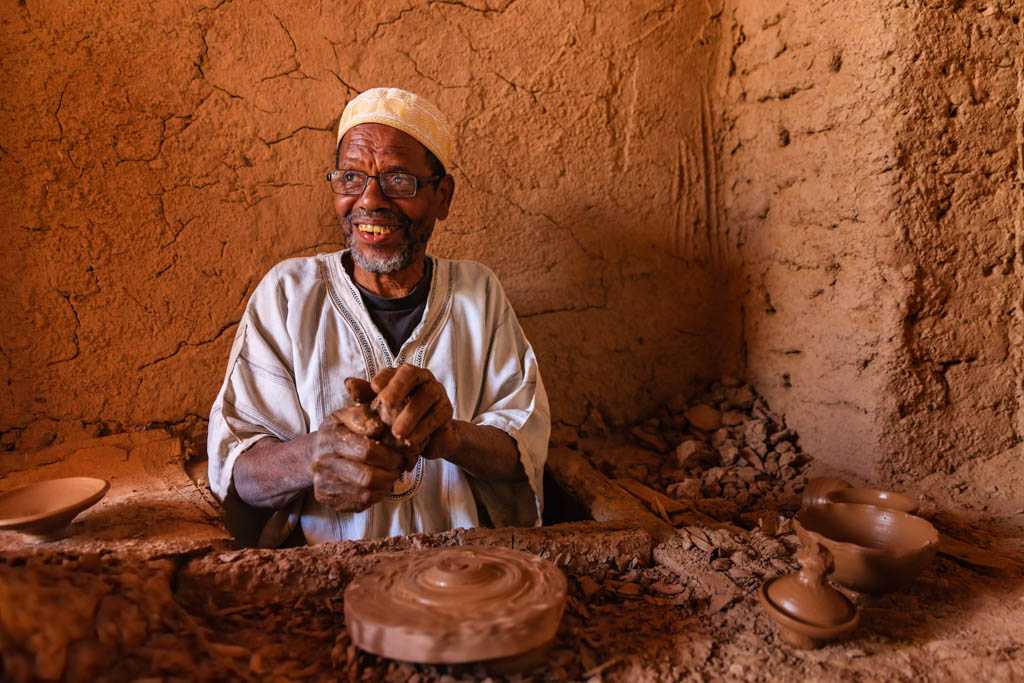
Moroccan pottery patterns and designs hold deep symbolism for the people and cultures of Morocco. For example, certain designs are intended to ward off evil, while others represent fertility or good fortune. Each of the symbols and designs is deeply rooted in Moroccan lore, culture, and folktales
Moroccan pottery, carved in clay and fired with passion, remains a living embodiment of the nation’s soul. Through each handcrafted piece, the stories of ancestors echo, traditions endure, and a vibrant cultural identity continues to be shaped and shared with the world.
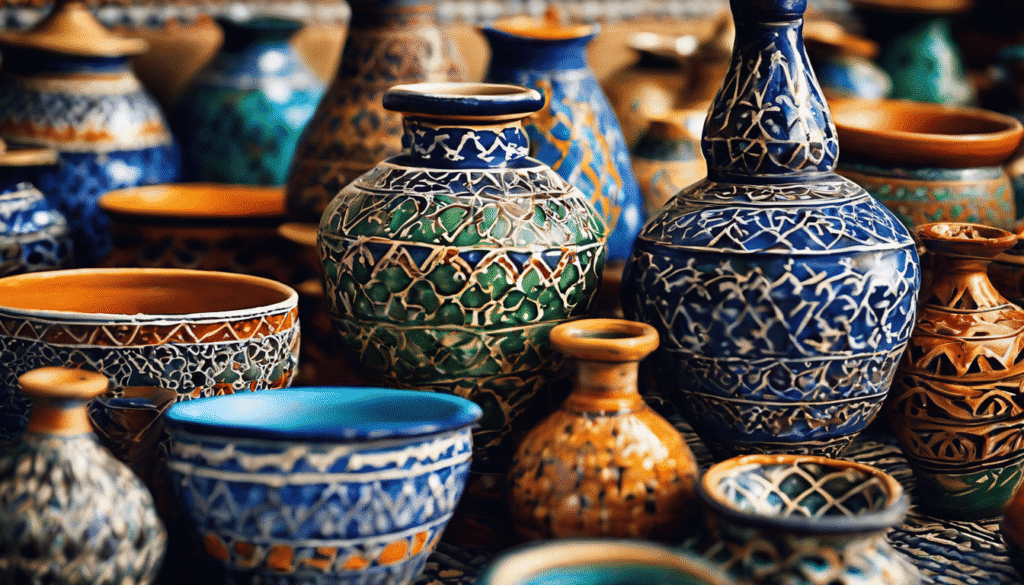
Moroccan ceramics are now used in modern art and international design, surpassing their historical limitations. In order to keep the tradition alive and relevant, artisans work with international designers to combine traditional methods with contemporary aesthetics. This development is on display at museums like as Safi’s Musée National de la Céramique, which honors the craft’s lengthy history and continuous development.
